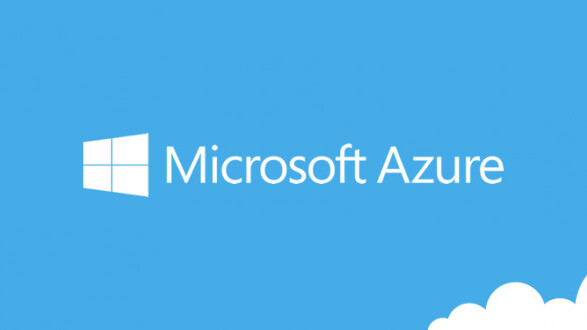
Prior to today, most of us hadn’t spent a lot of time considering the logistics involved in snatching a couple thousand babies from their parents and holding them hostage. But Microsoft’s Azure team probably has.
News broke earlier the company is aiding ICE through a government contract, something Microsoft says it’s “proud to support.” Assuming all of its employees aren’t monsters, one has to imagine there’s a fair amount of concern over exactly what ICE is using the cloud-based services offered by Microsoft’s Azure platform for.
Running an internment camp must be hard. And, in today’s modern world, difficult problems require high-tech solutions. Azure could certainly provide the kind of cloud storage needs that come with storing data on the 2,342 children ICE took from their parents between May 5 and June 9 of this year, even though Microsoft insists it worked on no such thing.
Of course, you can’t just Google “best platform to run an internment camp on,” and expect useful results. There hasn’t been much movement in this space since 1945, when President Roosevelt closed the last Japanese internment camp on US soil. These camps have been considered somewhat out of fashion since then.
But, thanks to the demands of a single individual, they’re making a comeback. And companies like Microsoft stand to benefit by getting in on the ground floor of this revived US policy. Though, we’d like to once again point out that Microsoft says it isn’t doing anything to help ICE keep thousands of children in internment camps.
And that’s a bit weird isn’t it? How can Microsoft guarantee that whatever its Azure services are actually being used for by ICE isn’t, in any way, related to the internment camps? The company is, seemingly, indicating that the federal government has somehow quarantined all of its products and services from any endeavor related to the camps. And that’s crap.
It’s fair to mention the company did issue a statement saying it “urges the administration to change its policy and Congress to pass legislation ensuring children are no longer separated from their families,” something that would certainly absolve Microsoft of all responsibility in the situation without it having to do anything.
There’s no law stating the federal government has to separate children from their families and the president has absolute power to end the practice immediately.
Microsoft has been doing business long enough to know what it means to be considered a company that supports an organization involved in perpetrating a human rights crisis. And the company is powerful enough to do more than hope everything works out.
Right now, as we can all guess, Microsoft’s senior executives are probably spending time drafting statements up with company lawyers. The way these things usually shake out involves some future plans for something to change down the road and a lot of lip service reminding us that the company has always been dedicated to the highest moral values.
But those are just words. We already know Microsoft wants us to believe it’s not involved in efforts to, for example, physically pull a breastfeeding baby from its mother’s nipple and then lock it up in an internment camp. Actions speak louder than words.
It’s time for Microsoft to make up its mind: it’s either proud to work with ICE at such a time, or it isn’t.
Anything short of outright condemnation, and a legal effort to withdraw from all involvement with any ICE programs, signals the company’s willingness to do business with an organization willing to put children in internment camps. History is watching, and the actions it chooses to take will not soon be forgotten — nor should those of anyone who tries to justify this reprehensible negotiation tactic by the president.
Get the TNW newsletter
Get the most important tech news in your inbox each week.




